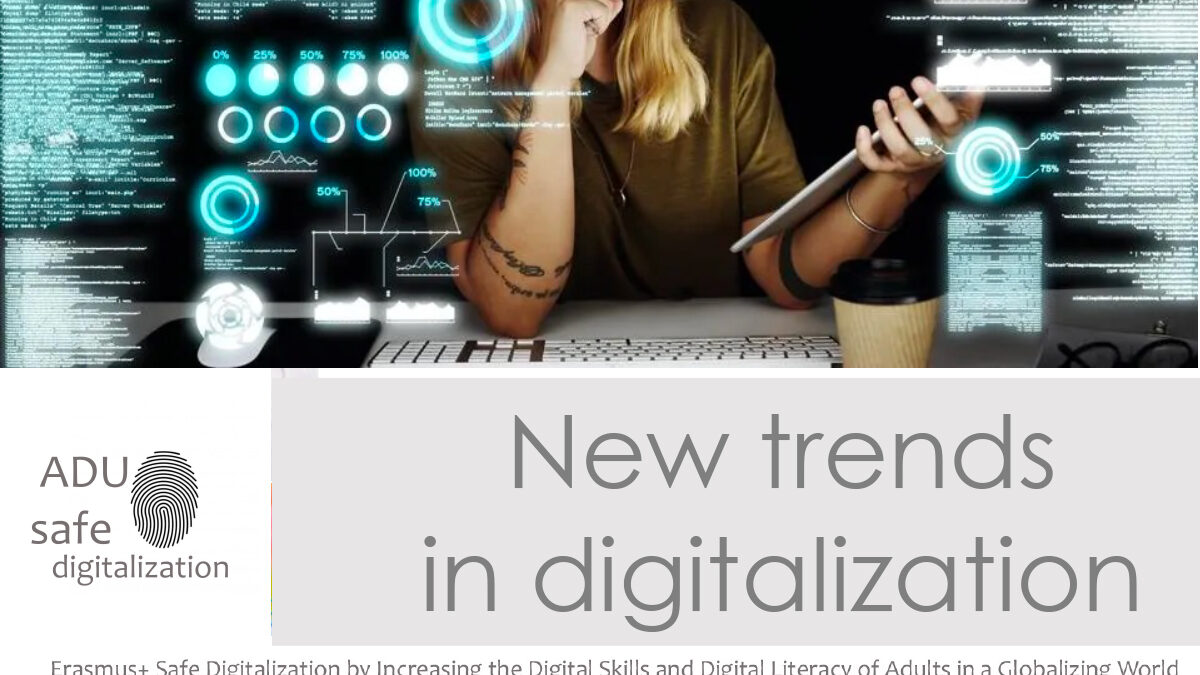New trends in digital learning: Artificial Intelligence, AR (Augmented Reality) and VR (Virtual Reality) in online learning
Globally, Artificial Intelligence in the education market is expected to grow at a CAGR (Compound Annual Growth Rate) of 45.9% during the period 2023-2028. And in a survey, 71% of institutions (in Canada) agreed that deployment of AI helped them to increase efficiency. 63% agreed to have achieved better student engagement. In another survey from 2022, 75% of people agreed that the adoption of AI improved learner outcomes. Current use-cases of AI in education include machine learning, advanced analytics, computer vision, and natural language processing. Approximately 8 out of 10 respondents consider AI in the form of analytics and language to have an impact on education. More than 45% of the respondents planned to adopt AI in their organizations.
Online learning platforms are leveraging AI-based technologies to offer personalized and customized features to students. For instance, Coursera makes use of AI-based tools for lesson planning, student feedback, and grading processes.
In online learning, AR (Augmented Reality) and VR (Virtual Reality) are on the newer side of the spectrum. These emerging technologies are dramatically transforming the ways that people learn. With AR/VR technologies, learners get to experience learning in an immersive and interactive way.
Instead of just plain images and hands-on experiments in the lab, students can now explore enhanced versions of images and objects right on their mobile devices.
These awesome technologies offer hands-on training opportunities from medicine to engineering. Students get to practice real-world skills in a safe and controlled environment. They can go on virtual field trips to historic landmarks, explore faraway planets, or engage in interactive simulations that make learning come alive. Plus, collaborative learning in VR and AR allows students to work together on projects and share experiences, no matter where they are.




